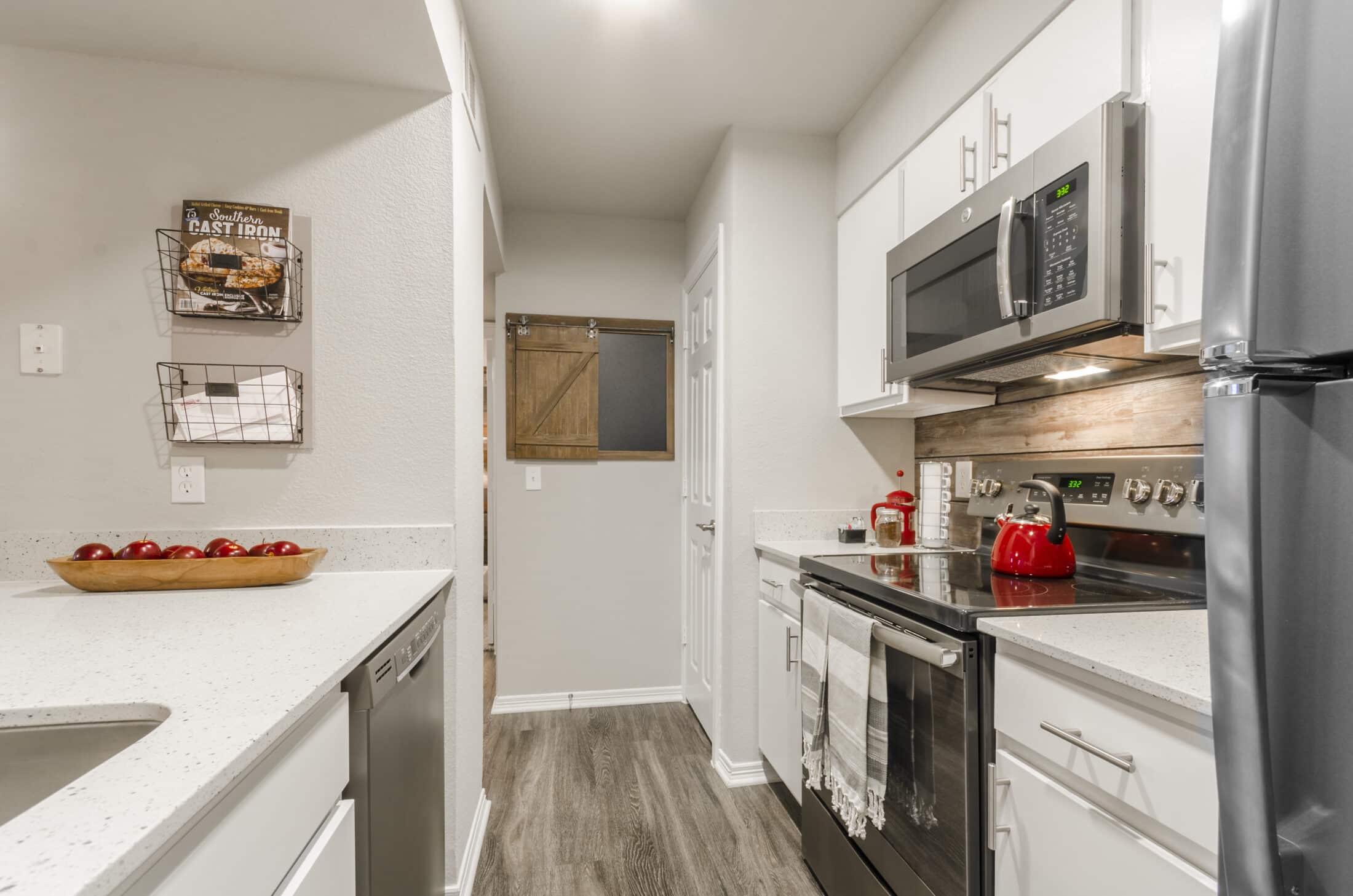As a general contractor specializing in multifamily renovations, it’s critical to understand how rent control policies can affect various stakeholders, including owners, investors, management companies, and tenants. Rent control, designed to make housing more affordable, often has unintended consequences that impact the multifamily sector’s renovation and maintenance dynamics.
Table of Contents
ToggleImpact on Value Add Renovations
Value add renovations are essential for enhancing property value and improving tenant living conditions. However, rent control policies can significantly diminish the incentive for owners and investors to undertake these improvements. With rent ceilings in place, the return on investment for renovations becomes uncertain, making it less attractive to allocate funds for such projects. This can lead to a decline in the quality of housing over time, as properties are not updated or maintained to modern standards.
Deferred Maintenance
Deferred maintenance is a critical issue exacerbated by rent control. When rental income is capped, property owners may lack the financial flexibility to perform necessary upkeep and repairs. This neglect can result in deteriorating building conditions, affecting the safety and comfort of tenants. For a contractor, this means potentially fewer projects focused on upgrades and more emergency repairs, which are often more costly and less efficient in maintaining the property’s overall health.
Effects on Multifamily Owners and Investors
For owners and investors, rent control can reduce the overall value of their properties. The limited ability to increase rents in response to market conditions makes it challenging to cover rising operational costs, such as property taxes, insurance, and utilities. This financial strain can deter investment in the multifamily sector, leading to a stagnation in the development of new housing units. Additionally, the reduced cash flow from rent-controlled properties can affect an owner’s ability to finance other improvements or expansions, further limiting growth potential.
Management Companies’ Challenges
Property management companies also face hurdles under rent control regimes. These companies are responsible for maintaining and improving properties, tasks that become more challenging with constrained budgets. Rent control can lead to higher tenant turnover and increased vacancy rates as tenants move in search of better-maintained properties. This volatility increases operational complexity and costs for management companies, which must balance tenant satisfaction with financial viability.
Tenant Implications
While rent control aims to protect tenants from rising housing costs, it can have mixed outcomes. In the short term, tenants may benefit from stabilized rents, but in the long run, they may experience deteriorating living conditions due to deferred maintenance and lack of upgrades. Furthermore, rent control can limit tenant mobility as people may stay in units that no longer meet their needs, contributing to inefficiencies in the housing market.
Conclusion
Rent control policies, while well-intentioned, present significant challenges for the multifamily industry. As a general contractor, it’s essential to recognize these impacts and advocate for balanced approaches that consider the needs of all stakeholders. Encouraging policies that support sustainable investment and maintenance practices can help ensure the long-term viability and quality of multifamily housing.
For more information on how Renu Inc. can support your renovation project, please contact us today.







